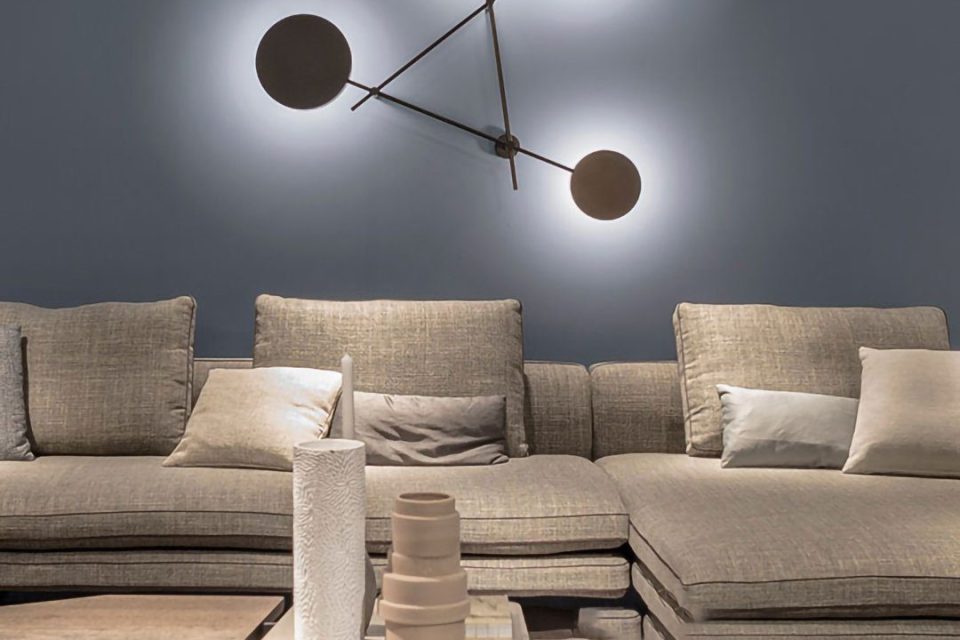Furniture from the 60s represents a broad range of tastes. At the beginning of the decade Scandinavian style represented middle class good taste, but by the end of the decade leading manufacturers were looking for the next trend to follow teak and experimented with a wide variety of styles and materials from pine to Formica. Cardboard and blow-up 88off furniture enjoyed a brief spell of popularity in swinging London. Those who preferred a more traditional look could opt for Laura Ashley florals and pastels. In the kitchen, colored appliances took center stage and deep-pile shag carpets ruled the living room.
With the advent of new synthetic materials, the era saw the rise of throw-away furniture as well. Blow-up chairs and cardboard tables were popular, as was a range of one-piece molded plastic furnishings. In the early 60s a new generation of designers pushed the boundaries of what was acceptable in contemporary design. From the modular mutability of Joe Colombo’s Tube Chair to the prankish sculptural charms of Pierre Paulin’s Tongue Chair, these pieces reflected the spirit of the times.
More conventional designs, especially those that favored clean lines and natural materials, also saw a comeback in popularity. The sleekness of modern furniture was complemented by earth tones such as avocado greens, harvest golds and oranges. In the kitchen, colored appliances were in fashion as the refrigerator and stove became a major focal point. Wood furnishings and cabinets also became more traditional as many sought to create a warm, homey atmosphere with textured wallcoverings and richly colored fabrics.
The final decade of the ’60s was defined by the hippie movement and its attendant peace and love aesthetic. With this in mind, younger homeowners and office designers embraced paisley and flower patterns and brightly colored upholsteries of sunburnt hues like ochre and avocado. Lava lamps, soft lighting and Indian-inspired prints and scarves complemented the look.
For those seeking a more conservative approach, Lane Furniture and Drexel worked to strike a mass market-friendly balance between Danish Modernism and Mid-Century Modernism with details such as pencil legs, surfboard tabletops and stepped table silhouettes. The more experimental inclinations of the day, however, were met with an equally avant-garde counterpoint from designers such as Ettore Sottsass and Anna Castelli Ferrieri, whose shapes reflected the latest advances in technology and a growing interest in futurism. The era also witnessed the rise of modular storage systems that offered an easy way to reconfigure the living room. In contrast, designers who favored a more formal, traditional look turned to woods such as mahogany and rosewood. These furnishings were often complemented by a variety of fabric and leather upholstery. This provided a range of options for everyone in the family. In addition, these pieces were often designed to accommodate a range of activities, from meditations to sit-ins. This flexibility also helped them to stand the test of time. Today, the sleek lines and bold aesthetics of 60s furniture have seen a resurgence in popularity and can be found at antique shops and on online auction sites.

